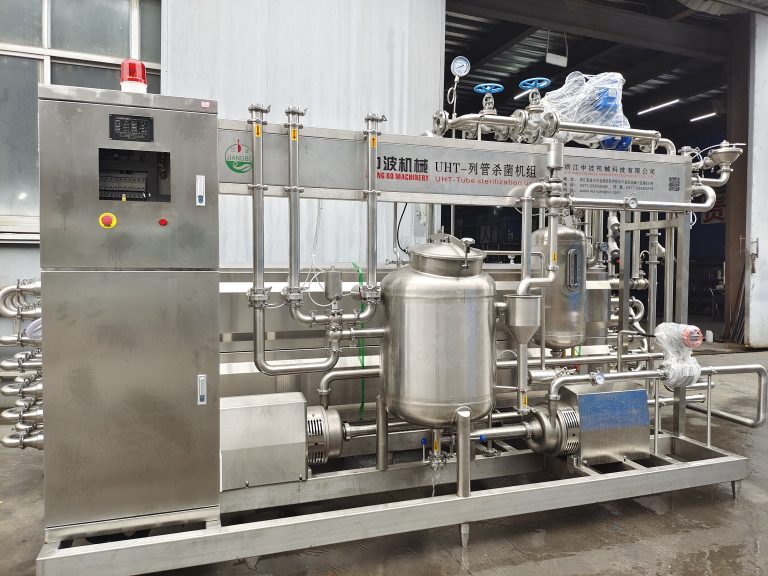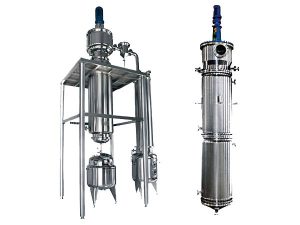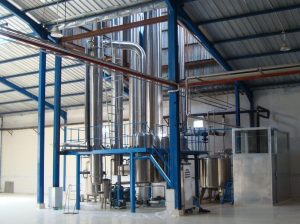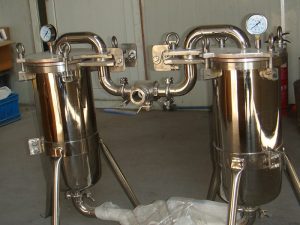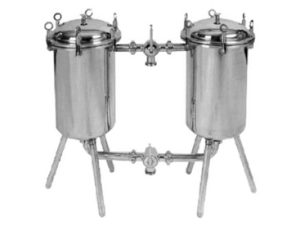We can define milk pasteurization as the process of heating milk to a predetermined temperature for a specific duration to kill specific pathogens and reduce the load of spoilage microorganisms without re-contamination during the entire process.
The predetermined temperature usually depends on the heat resistance of pathogenic microorganism that the pasteurization program is targeting to destroy.
Proper pasteurization is necessary for the following reasons:
- There is a public health concern since the product is meant for public consumption. Pasteurization kills all the pathogenic bacteria that may cause infections to consumers.
- There is need to ensure that the product can keep for longer periods without expensive storage equipment. Pasteurization will eliminate spoilage bacteria and enzymes and extend the shelf life of the product.
The amount of heat and the length of time used in pasteurization depends on the Thermal Death Time of the target microorganism. The minimum combination should target the most resistant pathogen such as Mycobacterium tuberculosis or Coxiella burnetii.
When deriving the thermal death time of any microorganism, the temperature must remain constant and holding time varied to kill the specified number of cells.
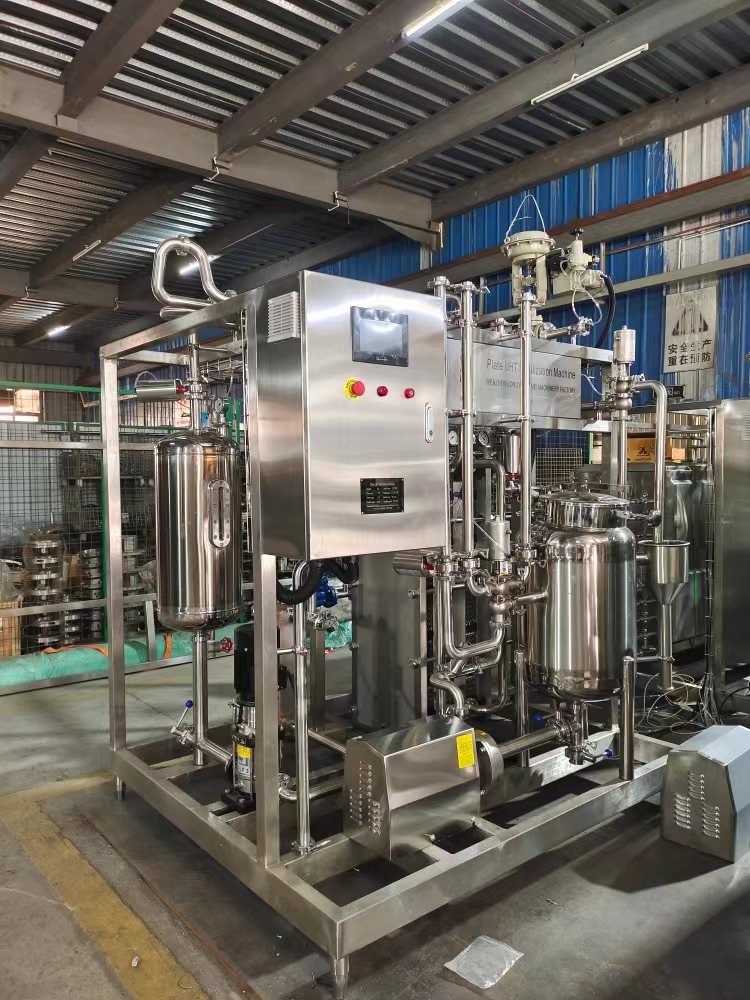
Milk pasteurization programs
Broadly, pasteurization can be categorized as either low or high temperature pasteurization methods. Both of these can either be batch or continuous processes.
Low temperature pasteurization is majorly concerned with food safety and aims at killing all pathogenic microorganisms and reducing spoilage types in a food sample. Milk that has undergone low temperature pasteurization is suitable for making cheese because it encourages syneresis.
Low temperature pasteurization can assume various temperature/time combinations such as 63°C/30 minutes or 72°C/15 seconds. Mild heating kills all pathogenic bacteria and reduces the load of spoilage bacteria but preserves most physico-chemical properties of the milk.
On the other hand, high temperature pasteurization aims at killing the vegetative pathogenic and spoilage bacteria as well as denaturing as much serum protein as possible. High temperature pasteurized milk is more suitable for making yogurt because Syneresis will not occur. The serum proteins are denatured hence they will not separate.
High temperature pasteurization involves intense heating and may involve temperature/time combination regimes such as 140°/2 seconds, 85°C/30 minutes, or 90°C/20 minutes. Intense heating aims at destroying serum proteins to avoid syneresis.
The choice of the pasteurization method depends on several factors, which may not be limited to:
- Intended purpose of the pasteurized milk,
- Access to sophisticated equipment,
- Volume of milk to be pasteurized,
- Target microorganism, etc
Whatever the case, one can choose to carry out normal pasteurization or ultra-pasteurization. Normal pasteurization will preserve milk for about two to three weeks while ultra-pasteurization will preserve milk for even up to one year.
Different types of thermal processing methods
- Batch pasteurization:Also known as low temperature long time (LTLT) pasteurization. Heat the milk to 63°C for 30 minutes. The extendend holding time causes alteration in the milk protein structure and taste.
- Flash pasteurization:also known as high temperature short time (HTST) pasteurization. Heat the milk to between 72°C to 74°C for 15 to 20 seconds. Targets resistant pathogenic bacterial spores (Clostridium botulinum spores).
- Ultra-high temperature (UHT) pasteurization: Heat the milk to between 135°C to 140°C for 2 to 4 seconds. The extreme heat targets Coxiella burnetii, which causes Q-fever. The heat kills all the vegetative forms of bacteria and the milk can survive for 9 months.

